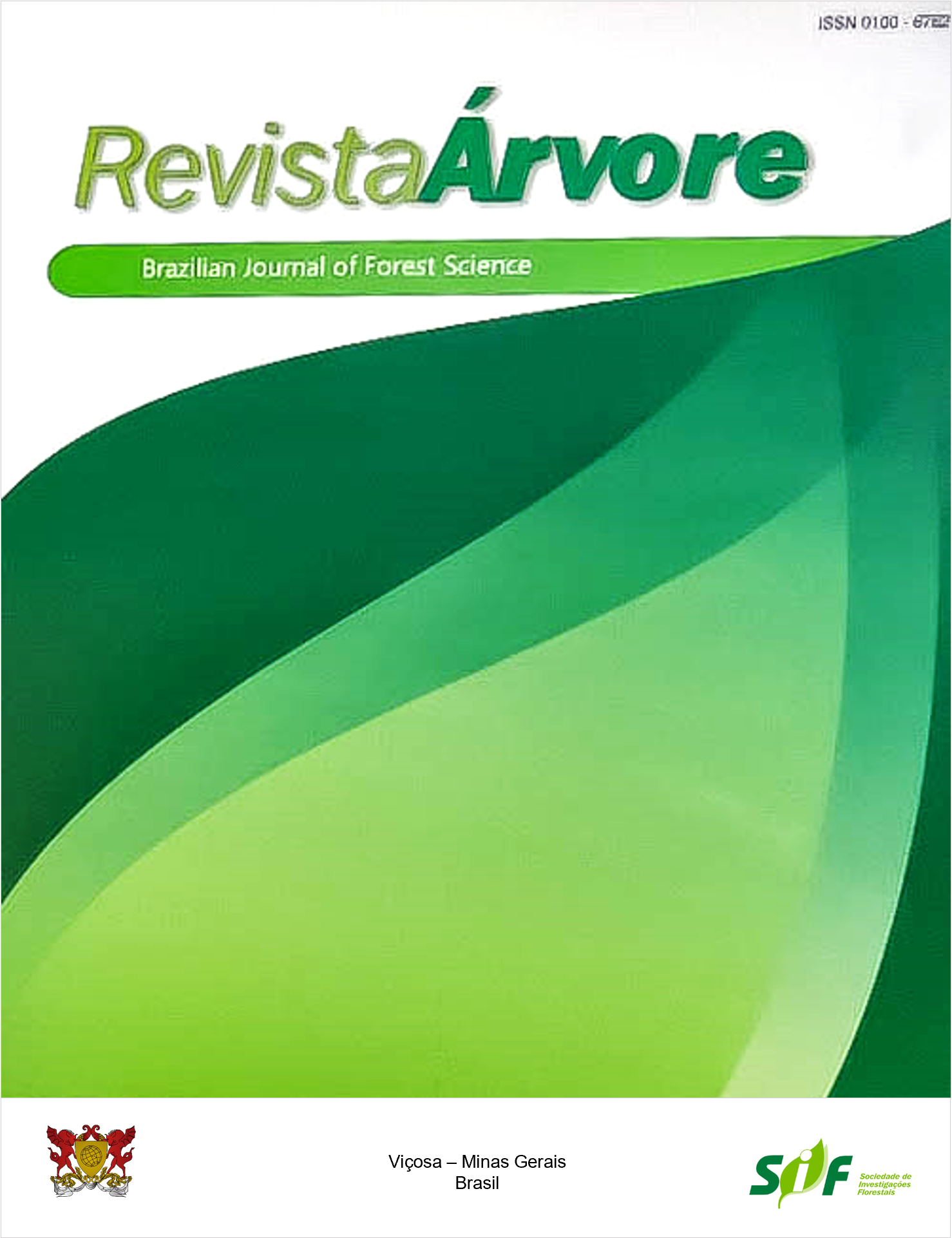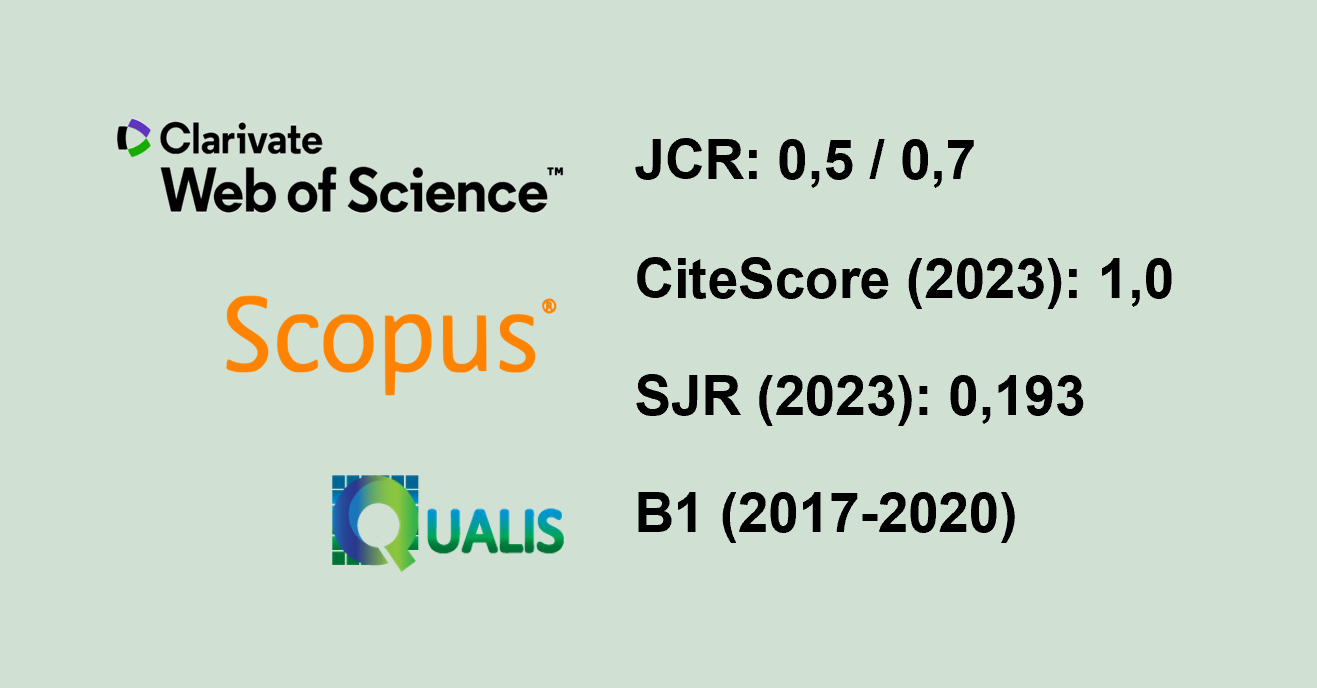PARTICLEBOARD PRODUCTION WITH RESIDUES FROM MECHANICAL PROCESSING OF AMAZONIAN WOODS
Keywords:
Tropical wood, Wood panels, Physical-mechanical propertiesAbstract
The lack of use of the residues generated by the mechanical processing of wood and their inadequate disposal are challenges for the timber industry. They have potential for products with higher value. The purpose of this research was to evaluate the use of residues generated by the mechanical processing of Amazonian woods Caryocar villosum, Hymenolobium excelsum, Mezilaurus lindaviana, Erisma uncinatum, Tachigali myrmecophyla and Qualea paraensis in the high-density particleboard production. The panels produced had nominal density of 850 kg.m-3, nominal thickness of 15.7 mm and 8% of phenol formaldehyde adhesive. The physical-mechanical properties of the panels produced from each species and with a mixture of all of them in equal parts were evaluated. The specimens from the panels were prepared for physical tests (apparent density, moisture content, water absorption and thickness swelling) and mechanical tests (static bending - modulus of elasticity and modulus of rupture, and internal bond) according to the standard ABNT NBR 14810-3. The mechanical properties of the particleboards manufactured with the C. villosum, H. excelsum and T. myrmecophyla residues were generally superior than those of the other species and met one or more of the minimum requirements indicated by the ANSI A208.1 standard for (H-1 classification) and for floors production (PBU classification).
Keywords: Tropical wood; Wood panels; Physical-mechanical properties
Downloads
Published
How to Cite
Issue
Section
License
Copyright (c) 2021 Revista Árvore

This work is licensed under a Creative Commons Attribution 4.0 International License.
All authors agreed to submit the work to Revista Árvore and granted the exclusive license to publish the article. The authors affirm that it is an original work and has not been previously published elsewhere. The scientific content and opinions expressed in the article are the sole responsibility of the authors and reflect their opinions, not necessarily representing the opinions of the editorial board of Revista Árvore or of the Society of Forest Investigations (SIF).




